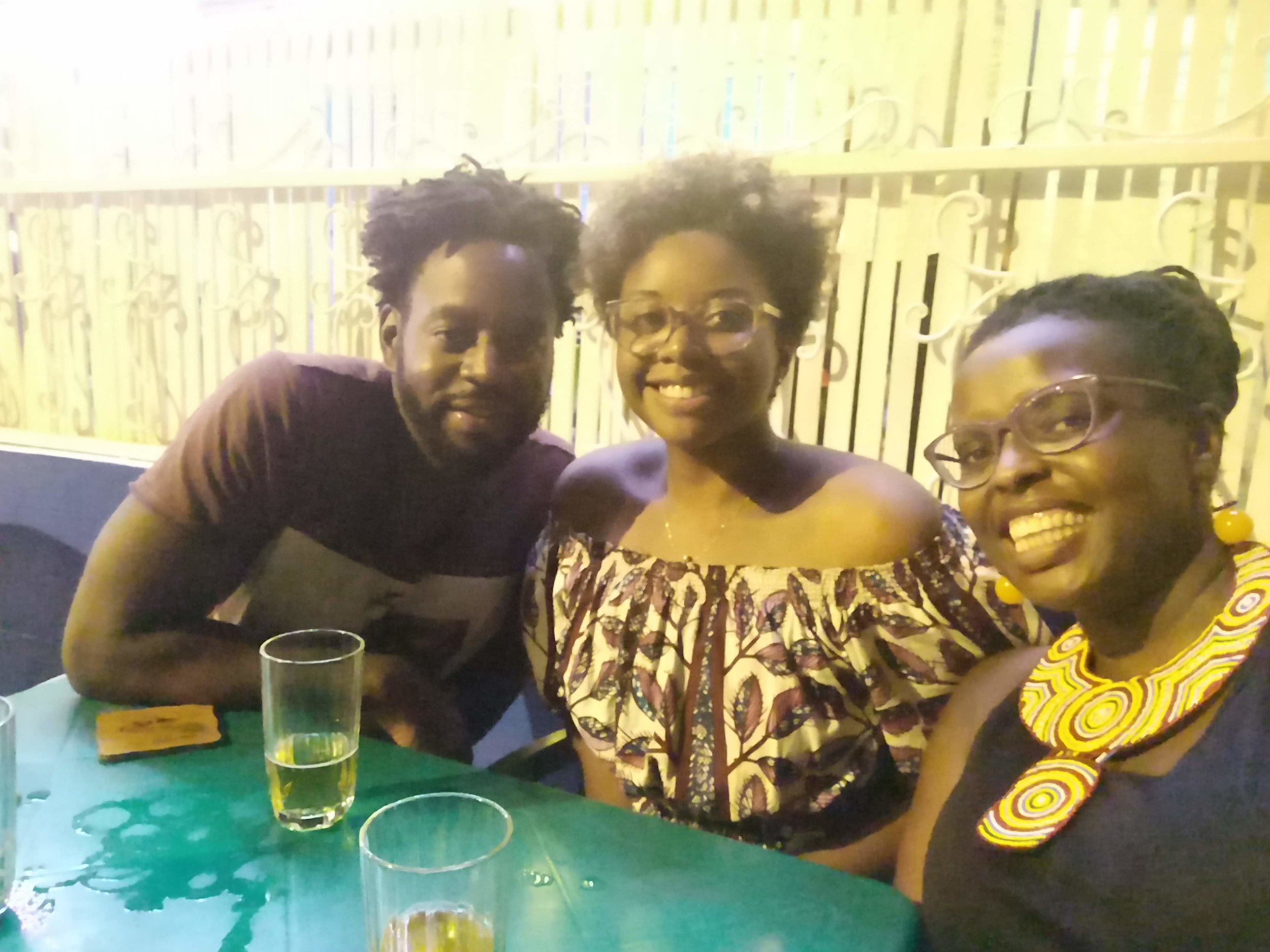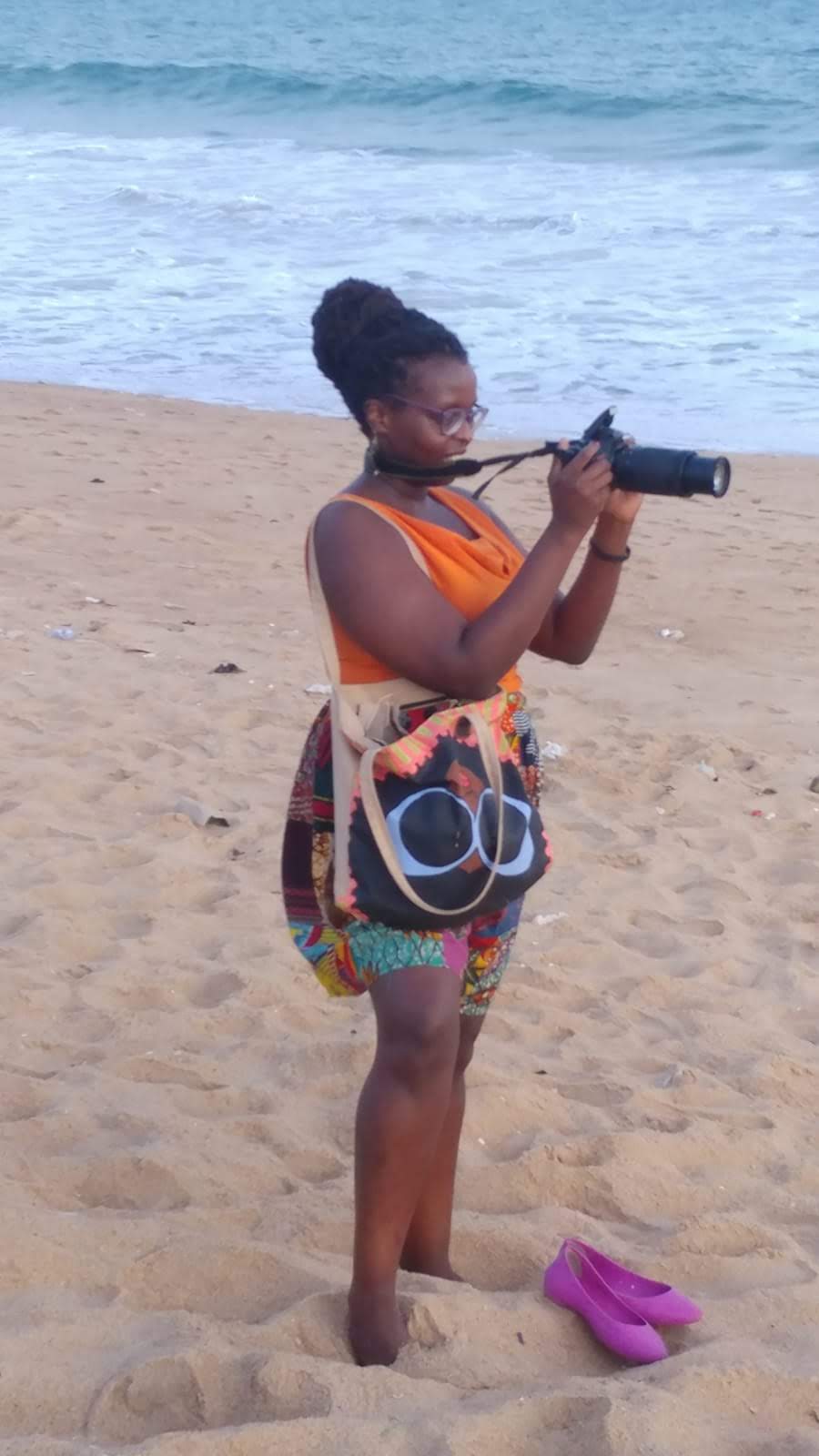Dancefloors all over the continent are rocking to a new beat – unlike that of previous decades, this new sound is a homegrown one. Africans are increasingly listening to and dancing to African music. What makes this trend even more exciting are all the cross-country collaborations that are bringing musical genres and cultures to other countries. Whether it is Angolan zouk kizomba dance classes in Accra, Kenyan comedians speaking in Nigerian pidgin or Anglophone/Francophone collaborations, one thing is clear – our music is traversing borders in a way that our people might not yet be able to.
In Francophone Africa, there is no ignoring the power and influence of Ivorian Coupé-Décalé. A literal translation of Coupé-Décalé is “to cheat” and “run away.” Having originated in Parisian night clubs in the early 2000s, brought to the French capital by Ivorian DJs, the music initially celebrated Africans who were living the migrant dream, they had struggled as most migrants do and eventually make it - many times through illegal means. The popularity of the music grew at the time of the first Ivorian Civil War (20002 – 2007) when a dispirited population needed to believe in the migrant dream – of escaping challenges back home and finding fame and fortune abroad.
Coupé-Décalé is extremely percussive featuring deep bass and repetitive minimalist arrangements. Vocals of most songs are usually about looking forward to a better future (e.g. Oudy 1er’s“Never give up”) about enjoying life despite its challenges (e.g. Molare’s “Sauvagement”, “Tu es fou elle est folle”), about an ideal pan-African existence (e.g. Serge Beynaud’s “okeninkpin” and “Kababléké”) and to a lesser extent about making money and living thegood life (e.g. Jodi’s “Beaucoup d’argent”, Dj Arafat’s “Gbinchin Pintin”) – this is in contrast to Nigerian afrobeats where the theme of making and “chopping” money seems to be more central to the theme of enjoying yourself, dancing, letting loose etc. In Ivorian Coupé-Décalé it is clear that dancing comes first, the popping of champagne bottles, the expensive cars and the fancy houses are merely a backdrop for the enjoyment.
When it comes to lyrics, Coupé-Décalé favors simple repetitive lyrics that match well to a dance. There is also an acceptance of a variety of voice types (almost mostly male)– from the raspy sounds of Dj Arafat and Debordo Leekunfa (“Shake your body”, “Apéritif yamoukidi") to the harmonious melodies of Serge Beynaud (“Talehi”, Mawa Naya” “C nous les boss”,) Shado Chris (“J'S8 Jahin Pret”) and Bebi Philip (“Move”, “Balaumba”, “On Va Piétiner”). Most Coupé-Décalé songs have a unique dance that quickly spreads throughout clubs in Abidjan and eventually to other cities. It is a typical sight to have hundreds of people all lined up in a club in Abidjan facing the mirror (as most people dance facing a giant mirror on the dancefloor) dancing for hours to a Coupé-Décalé set in perfect harmony. Coupé-Décalé is to be danced to and lyrics such as “Bougez/move”, “Levez les mains/raise your hands”, “Avancez, Reculez/ Move forward, Move back,” are quite common. Though extremely quick dance music dominates the Coupé-Décalé scene, special mention must be given to artists who are challenging the status quo. Female musician Josey is managing to get continuous airplay with her slower catchy tunes mostly focusing on love and heartache (“On fait rien avec ca”, “Diplome”.) One thing is for sure – Coupé-Décalé will make you dance – whether you understand the lyrics or not.
From Lusophone Africa (Portuguese speaking countries) – Zouk Kizomba is working its way across African dancefloors and radio stations. Dominated by artists from Angola and Cape Verde, this sweet, seductive sound is winning converts, even if only a small fraction of the continent speaks Portuguese. Kizomba is the evolution of an Angolan dance genre from the 1950s – semba and its marriage with a Cape Verdean musical genre – Passada. Cape Verdean immigrants to France in the 1980s encountered Compas – a musical style from Dominica, French Antilles, Martinique and Guadeloupe. They incorporated its beats and rhythms to it and this musical genre got imported back to Cape Verde – not difficult to do for a country where more of its citizens live outside the country than inside it (Cape Verde.) The music spread through Portuguese speaking countries and when it made its way to Angola, it had the effect of slowing down the tempo of semba dances. Today this musical genre is famous in lusophone Africa and beyond and goes by various names including zouk kizomba, kizomba etc.
Stylistically kizomba has a slow, insistent, sensuous rhythm created via electronic percussion. It is danced accompanied by a partner, very smoothly, slowly and sensuously. There are frequent simultaneous hip rotations between dance partners, particularly in the quieter refrains of the music – and quiet refrains are quite common in kizomba. This is a dance for lovers. The main theme of zouk kizomba is love, longing and loss.
Contemporary kizomba musicians and songs to watch out for are: Cape Verdean, Netherlands based musician Nelson Freitas (“Rebound chick”, “Miúda Linda”, “Something good”, “Simple girl”), Angolan C4 Pedro (“Bo tem mel”, “African beauty”, “Spexta one”, “Robocop”), Congolese Kaysha’s kizomba remixes of US hits (“Diamonds”, “Drunk in love”, “All of me”), Cape Verdean, France based Jennifer Dias (“Sorry remix”, “I need you so”, “Viens danser”, “Reste avec moi” and “Femmes Fatales 5”.) You will definitely fall in love with kizomba and its enchanting beats and the angelic voices behind the music.
Last and definitely not least is music from Anglophone Africa. Nigerian afrobeats has taken over the continent resulting in several cross-country collaborations (J. Martins featuring Dj Arafat “Touchin Body”, Diamond featuring Davido, “Number one”, Diamond Platnumz Ft Mr Flavour “Nana”) and interesting remixes that cut across language barriers. Modern day Nigerian afrobeats clearly marks the country’s cultural dominance on the continent. First Nollywood, now the music – Nigeria is quickly determining what is considered as contemporary African culture. The influence of contemporary Nigerian music has gone even beyond African borders to the West. D-Banj’s “Oliver Twist” and “Fall in love” are as much at home in clubs in Lagos, Kampala and Durban as they are in London, Boston or Amsterdam. Davido & Meek-Mill’s (“Fans mi”), P-Square and Rick Ross’ (“Beautiful Onyinye”) – Afro-beats, hiphop collaborations are now becoming commonplace.
Nigerian afro-beats was initially typified by the presence of the talking drum, but electronic music is increasingly replacing traditional percussion instruments. Nigerian afrobeats is now best known by the use of some key elements – Nigerian pidgin, modern Ankara outfits (Tiwa Savage, Chindinma, Yemi Alade etc.) In terms of themes, the overarching one is wealth, fame and fortune (Davido ft. Olamide “The money”, P-Square ft. Don Jazzy “Collabo”). Sub-themes are (i) Religious gratitude for fame and fortune (Koredo Bello’s “Godwin”, Yemi Alade “Na gode” and Wizkid’s“Ojualegba”) (ii) Love mostly ending in a grand engagement or marital bliss, wealth, fame and fortune (a grand wedding with breathtaking views, Bentleys in the background, private jets landing, speedboats carrying champagne and dollars, foreign violinists is usually required for this.) e.g. Flavour Ft. Chidinma “Ololufe”, D’Banj’s “Fall in love”, Flavour “Ada ada”, Davido’s “Aye” and Tiwa Savage’s “My Darlin’.”
Of course there are some outlier songs and artists in the Nigerian afro-beats sphere, though the typical song that crosses the continent tends to follow the three main themes above. Credit has to be given to Nigerian afro-jazz/soul musician Omawumi for “If you ask me”, tackling the issue of incest and abuse. A song that will not soon be forgotten is Yemi Alade’s “Johnny” on dealing with serial philanderers. We cannot forget the strong neo-feminist stance of Tiwa Savage’s “Kele kele love” or the absolute dance-ability of Burna Boy’s “Yawa Dey” or Patoranking’s “Mywoman.”
No matter what one’s opinions are about the subject matter of the music, we do have to accept that it is an exciting thing indeed to see Africans embracing music by our own people, in our languages, telling our own stories. This is part of a larger cultural trend seeing Africans looking inside to reclaim what we might have lost. As the Sankofa bird symbol of the Akan tribe reminds us, “It is not taboo to go back to fetch what is at risk of being left behind.”














































